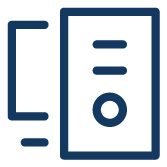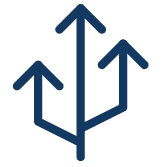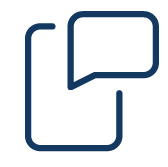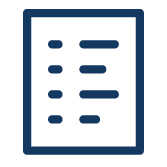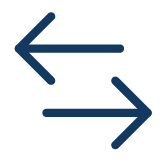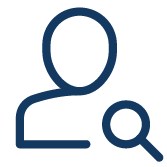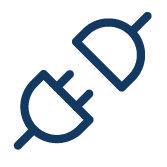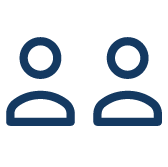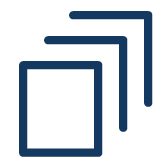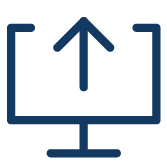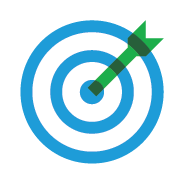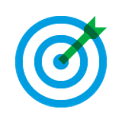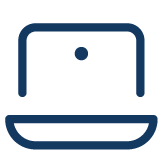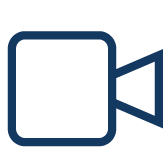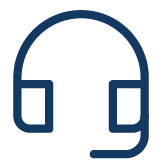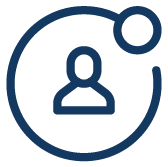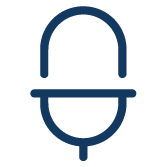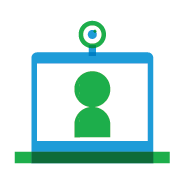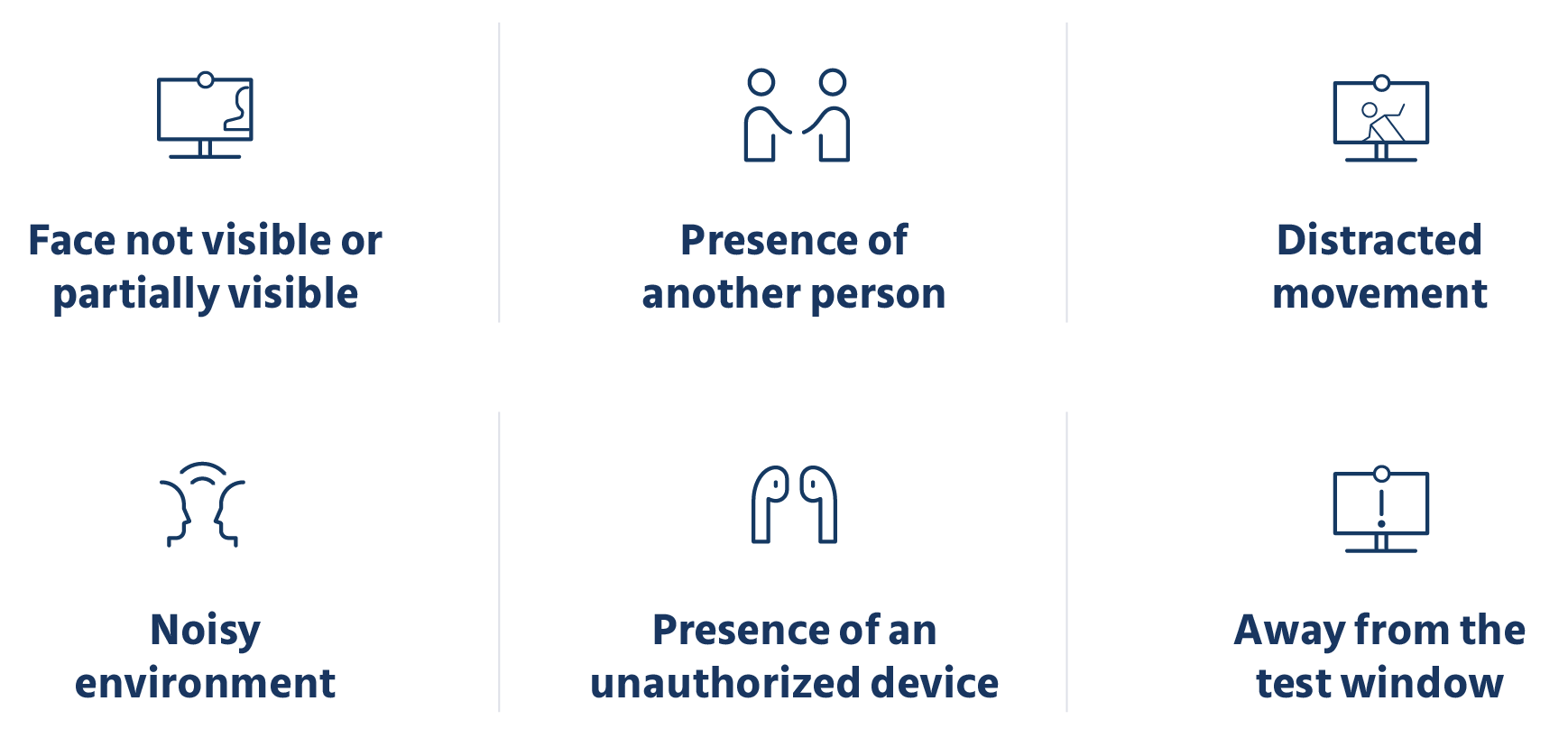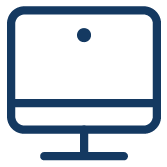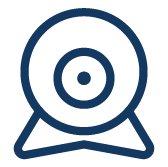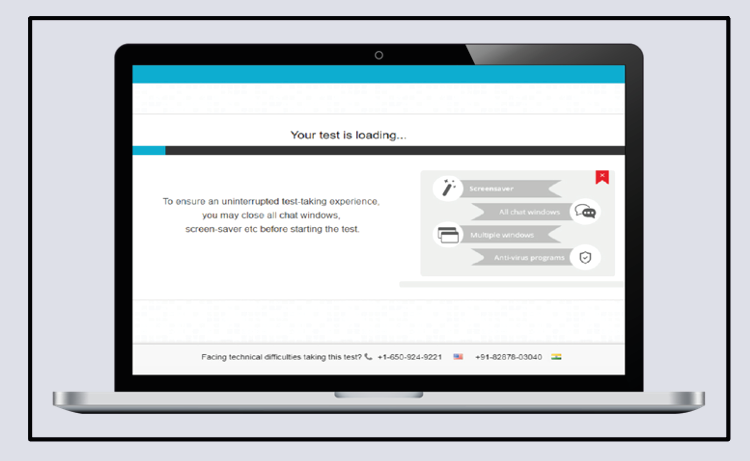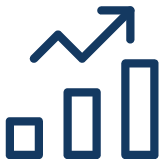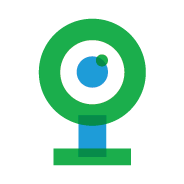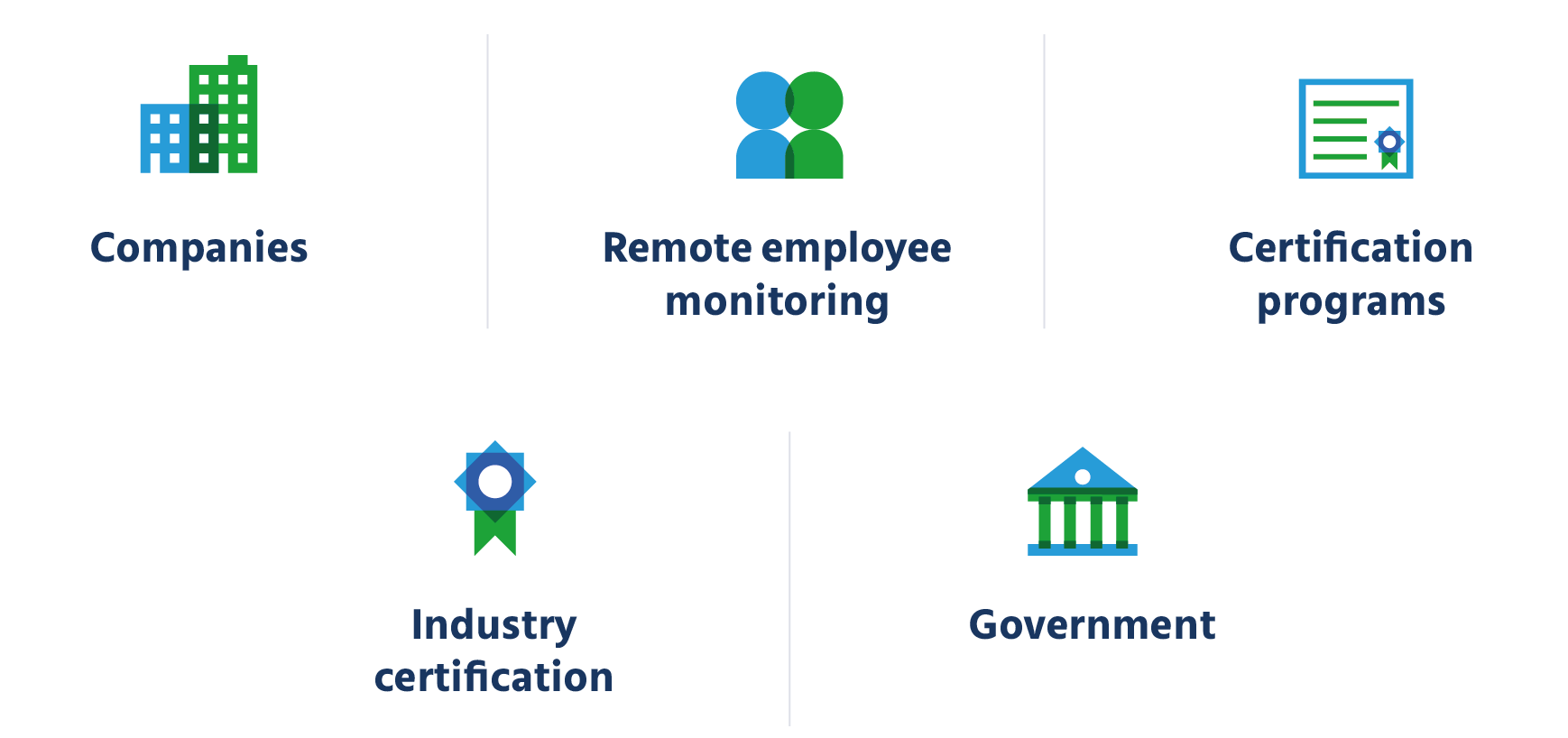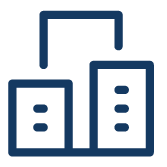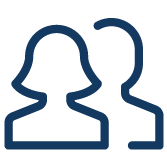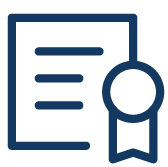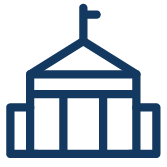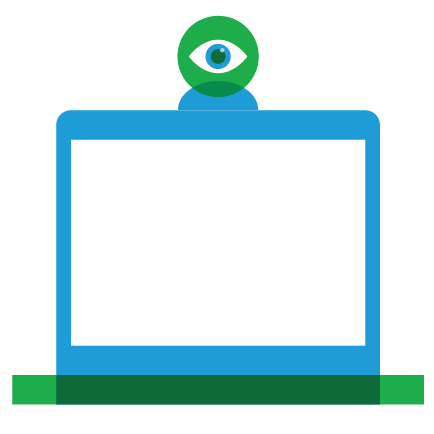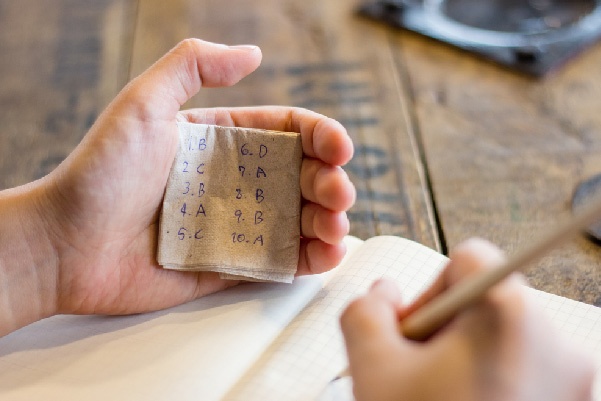Unable to ask or find answers to questions on online proctoring? Well, if that’s hindering your transition, we’ve listed the answers to all the possible problems that online examiners, proctors and students have concerning remotely proctored exams, remotely proctored tests, or around the efficiency of online remote proctoring services, to name a few.
Is there any change in the examination experience for a student when taking the exam remotely?
Ideally, once you get the hang of the remotely proctored test, you will not feel any change in experience or hassle in taking exams online.
How safe is the data submitted during a remotely proctored exam? What about privacy?
A viable remote proctoring solution provider will have a sharper focus on regulations such as Europe’s General Data Protection Regulation (GDPR) and ISO certification to strengthen data privacy. Databases, where the personal information, exam records and other sensitive details of test-takers and clients are gathered, are stored in an uncompromisable maximum security storage environment.
Can you cheat on an online proctored exam?
No, you cannot cheat in a remote online proctored exam. Leading online proctoring service providers offer stringent anti-cheating measures in remote proctoring tools, making it near impossible for assessees to indulge in malicious behavior. Mercer | Mettl’s online remote proctoring services negate remote proctoring cheating, ensuring that virtual remote exams occur in a secure environment.
What is a remote proctored internet-based test meaning?
A remote proctored internet-based test means that a remote proctored test mode requires a basic internet connection, a webcam and a microphone-supported computer to initiate a remote proctoring test.
What is a remote proctored online solution?
A remote proctoring solution is one that enables academia to host safe virtual exams and allows students to take them from anywhere in the world, including their homes.
Can a remote proctor see your screen?
No, a remote proctor cannot see your screen during a remote proctoring test. But, the proctoring solutions provider does provide the proctor with tools that can restrict any on-screen activity. One such remote proctoring tool is Mercer | Mettl’s Mettl Secure Browser– which monitors an examinee’s screen and eliminates the possibility of remotely proctored cheating on the computer.
Can you take a proctored exam at home?
Yes, you have the freedom to take a proctored exam from home or any other place, provided it is a complacent environment free from fraud.
Can online tests detect cheating?
Yes, online tests are capable of detecting cheating if they are undertaken using proctoring technology. The right proctoring tool integrated with state-of-the-art technology will efficiently detect as well as predict cheating.

So this is our complete guide book on online remote proctoring.
We believe that this handy piece offered you clarity and negated your concerns, preparing you to confidently embrace the future of examinations.
Now let’s turn it over to you.
What did you think about this guide?
What piques your interest the most when it comes to online proctoring?
Is there something you’d like us to include? Let us know by leaving a comment below.









 Behavioral Competencies
Behavioral Competencies Cognitive Competencies
Cognitive Competencies Coding Competencies
Coding Competencies Domain Competencies
Domain Competencies














